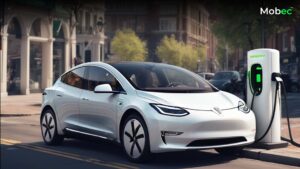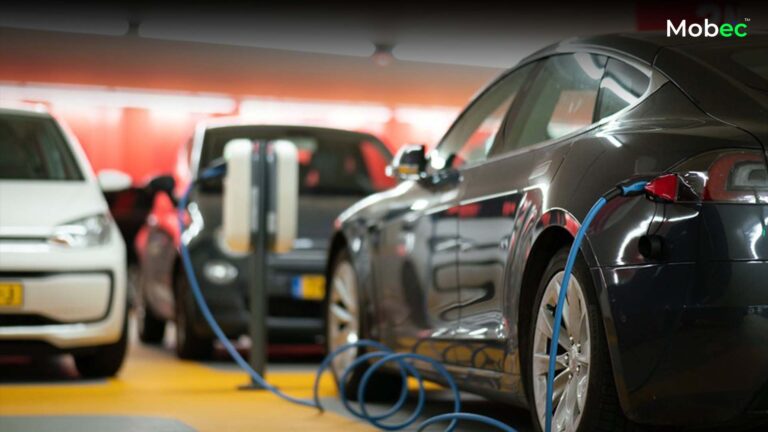Navigating the electric vehicle (EV) landscape feels like traversing a complex maze, bombarded with changing narratives about their future. Yet, within this confusion, a unique moment emerges—a convergence of new models, advancing technology, maturing charging infrastructure, and declining prices, creating an ideal time for enthusiasts to embrace electric cars.
1. Diverse EV Choices:

Since 2019, the electric vehicle (EV) market has dramatically changed, offering more than 48 models, three times as many as before. Big companies like Ford and Mercedes, as well as new startups, give buyers many options. While having many choices is good, it can also be confusing because there are so many. So, the EV market has grown a lot, and now, people looking to buy an electric car have many more options than just a few years ago.
2. Technological Advancements:

Technology is advancing quickly in the world of electric vehicles (EVs). The average EV can travel farther on a single charge, going from 117 to 291 miles by 2022. This improvement is thanks to better batteries that also make charging faster. These advancements in battery technology extend the range of EVs and make charging more convenient, especially for those planning road trips. So, with these improvements, EVs are becoming more practical and appealing to people who need to travel longer distances without worrying about running out of charge.
3. Affordability and Oversupply:

Elon Musk’s competition to lower prices and an abundance of electric vehicles (EVs) make top brands like Tesla, Ford, and Kia more affordable. Although there have been improvements, the average price for an EV in November was $52,000, which is higher than the industry average of $48,247. Despite efforts to make EVs more accessible, the prices still hover above the average, showcasing the impact of both Elon Musk’s pricing strategies and the surplus of EVs in the market.
4. Charging Infrastructure Progress:

Challenges with public charging stations ease as the industry shifts to Tesla’s charging plug design. This transition broadens access to Tesla’s Supercharger network, potentially transforming the landscape for prospective EV buyers.
5. Tax Credit Dynamics:

The federal tax credit, up to $7,500, has pros and cons. While it lowers EV costs, evolving rules complicate eligibility. The Inflation Reduction Act aims to simplify, but some complexities persist, impacting the decision-making process for buyers.
6. Uncertainties on the Horizon:

The electric vehicle (EV) world has a lot of uncertainties that affect what people decide to buy. People talk about waiting for cars with NACS charging, worrying about the hardware becoming outdated, and wondering if non-Tesla owners will have a smooth experience. All these debates make the decision-making process more complicated for regular buyers. It’s like a puzzle; people must consider these before choosing an EV. So, with all these uncertainties, it makes it harder for people to decide which electric car to get and how it will work for them.
The industry’s shift to Tesla’s charging plug design, the North American Charging Standard (NACS), is pivotal. In 2024, most EV owners can access Tesla chargers with an adapter, while major automakers plan NACS integration by 2025. This shift, promising better charging access, introduces a unique transitional challenge, potentially causing hesitation.
Concerns about hardware obsolescence arise as technology evolves swiftly. The fear of investing in a vehicle with rapidly outdated hardware creates uncertainty. Questions about seamless charging experiences for non-Tesla owners may impact widespread EV adoption, posing potential hurdles for mainstream buyers in the current dynamic landscape.
In conclusion, amidst uncertainties, a clear message emerges—this moment presents an unprecedented era for embracing electric vehicles. The dynamic factors demand thorough exploration, though tensions may linger. The promise of a gasoline-free future beckons, offering a compelling opportunity for those ready to navigate the intricacies of the evolving EV landscape.




















+ There are no comments
Add yours